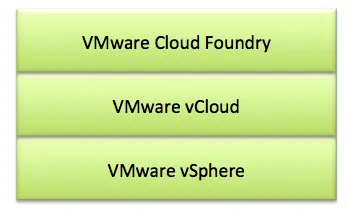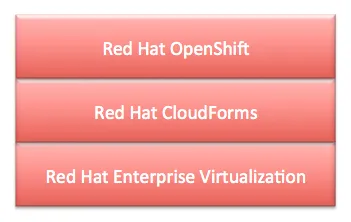Is PaaS a Bane or Boon to the Hosting Business?
Monday July 16, 2012 , 4 min Read
At the WPC, Microsoft has announced that it is now bringing a subset of Windows Azure features to Windows Server to enable hosters offer Cloud capabilities to their customers. With Cloud competing with hosting business, is there a scope for the traditional hosters to sustain their business?
Businesses are now overwhelmed with the hosting options that are available to them. They can choose from a variety of options from running their web applications in a tiny VM offered for free by many IaaS providers. Organizations with IT teams that are confident of managing the infrastructure are opting to spin a VM on the Cloud and run their web application on it. Developer centric businesses can also run it for free on the modern PaaS offerings like Windows Azure Websites, Heroku, Cloud Foundry or Red Hat OpenShift. With developers finding it extremely easy to push the code to any of these platforms through git and FTP, they can easily go live with their web application in no time.
Interestingly, the traditional hosters are caught in between the high-end IaaS providers and low-end PaaS providers. There is an anxiety among the hoster community on the roadmap and the future business model. Undoubtedly, Cloud is going to cannibalize hosting business. It is very clear that the hoster must embrace the Cloud to be in business.
Sensing this opportunity, VMware announced Cloud Foundry as the Open PaaS that can turn any service provider into a PaaS player. This was a smart move from VMware as they know they do not it is not easy to match the scale of Public Clouds of Amazon, Microsoft and Google. VMware’s focus is to power many Public Clouds out there than being one that will compete with AWS and Microsoft. By empowering every hoster to become a PaaS through Cloud Foundry, VMware will indirectly challenge Microsoft and Google. Having invested in a portable PaaS layer, VMware can exploit its leadership in the Private Cloud market and position the vSphere and Cloud Foundry combination as a powerful Private PaaS for enterprises. With that, VMware will be ubiquitous across the enterprises and hosters whom they helped transform into a Public Cloud. CloudFoundry.com, the PaaS implementation that VMware officially hosts doesn’t talk about the pricing model and it is not clear if they are serious about making that into a full-blown Public Cloud. VMware has also been very strategic in enabling the ecosystem to support Cloud Foundry. Within one year of its announcement, major platform vendors including ActiveState, AppFog and IronFoundry pledged their support. Piston Cloud has gone one step ahead and integrated Cloud Foundry with OpenStack.

Red Hat’s OpenShift strategy is very similar to this. Red Hat will go after their customer base to push the Red Hat Enterprise Virtualization (RHEV) and OpenShift combination as the enterprise Private PaaS offering. Red Hat seems to go the Public Cloud route by offering OpenShift along with JBoss. If we closely look at the motivation behind this push, it is evident that both VMware and Red Hat want to have their play across the enterprise, hosters and the Public Cloud.

With Microsoft entering the game, it becomes a race between VMware, Red Hat and Microsoft. All the three now have solid offerings across Virtualization, Private Cloud, PaaS for hosters and the Public Cloud.
Microsoft’s Cloud story revolves around Hyper-V, System Center and Windows Azure. Enterprises and hosters will be able to run the same stack that offers full fidelity with the Windows Azure Public Cloud services. This brings a unified layer that makes it easy to port web applications and VMs across the Private Cloud, Hosting Provider and the Public Cloud.

Other interesting aspect of Windows Azure, Cloud Foundry and OpenShift is that all of them are Polyglot. Customers will be able to deploy Web applications written in ASP.NET, PHP, Java and Node.js on any of these Polyglot PaaS offerings (OpenShift doesn’t support ASP.NET). So, LAMP and Node.js applications can be easily run on the Private Cloud, hoster or the Public Cloud. This brings great flexibility to enterprise customers.

While the major platform vendors are trying to be ubiquitous and democratizing PaaS, it is the customer who will benefit from the choice.
- Janakiram MSV, Chief Editor, CloudStory.in








![[Funding alert] Social network platform FLYX raises $200K in pre-seed funding](https://images.yourstory.com/cs/2/e641e900925711e9926177f451727da9/Imagefn2r-1594703861955.jpg)

